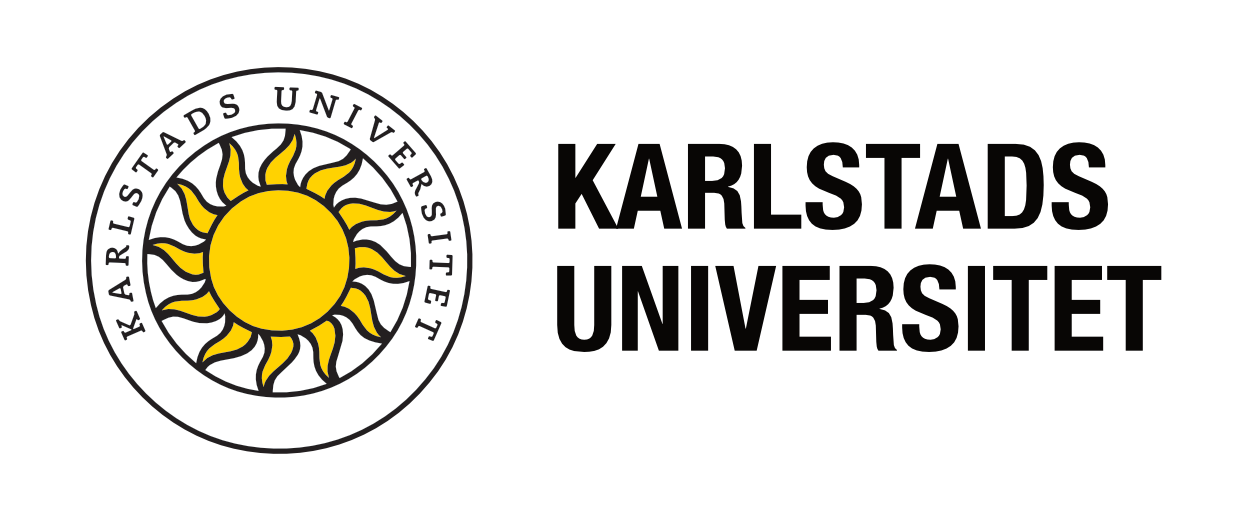Mikael Åsberg shares a scheme where future machine engineers trains each other in technical drawing. A system with controlled peer review provides less correction work for the teacher, more time with the students for dialogue and reflection and better quality of the students’ drawings. And the scheme is useful far beyond the subject of technical drawing!
The pedagogical problem with learning how to draw technical drawing is that it is to some extent a craft that requires a lot of practice. It involves a mixture of learning to apply strict rules and learning to create solutions for the individual case. And the demands on the student are that the technical drawings becomes clear, complete and unambiguous. Otherwise they cannot be used!
Assessing technical drawings from exercises can involve a lot of routine feedback for the teacher. There will be many student creations with roughly the same type of errors. Instead of dialogue that can create reflection and understanding, it becomes red marking of errors. Surface learning rather than deep learning.
In a recorded presentation during a pedagogical café in 2019, Mikael Åsberg shows a scheme that is based on a large amount of peer review. The students first work individually, then in pairs, and finally in cross-groups to review and give feedback on each other’s drawings. The result is more discussion, reflection and more time for the teacher to participate in dialogue. And the technical drawings will be better.
In Mikael’s description there is, among other things, a concrete lesson plan with a sequence of work in pairs, individually and in cross-groups, which is particularly general and interesting even for subjects of a completely different nature than technical drawing production.
Mikael Åsberg, department of engineering and physics. Peer review. (43 minuter.)

